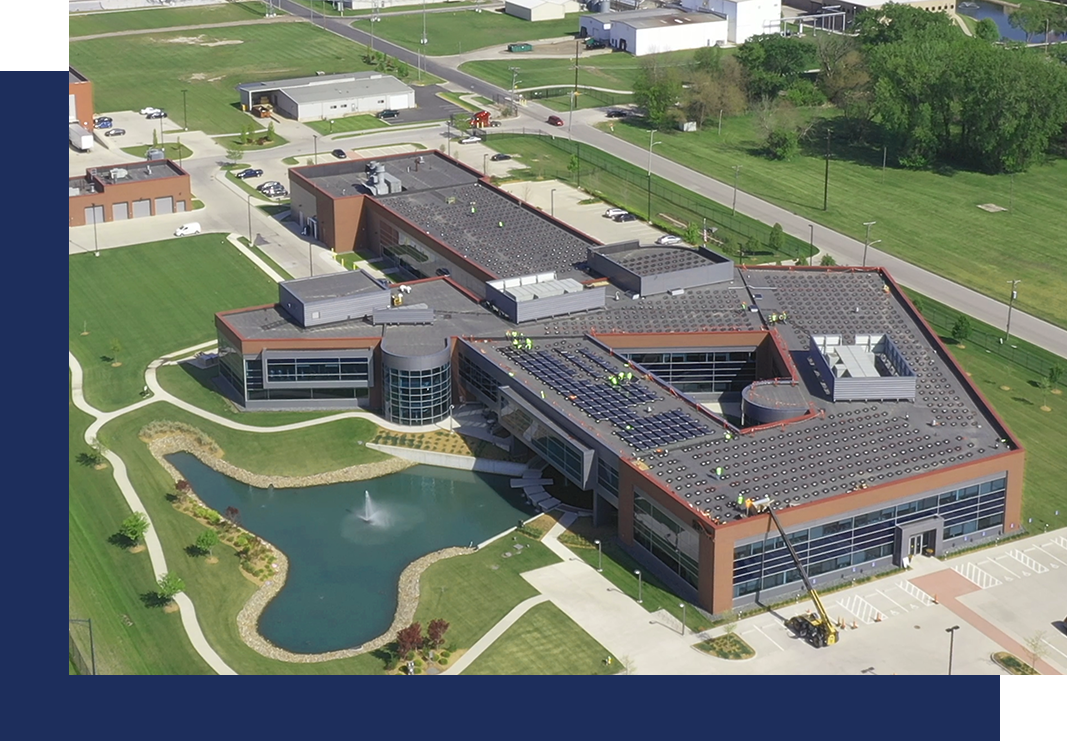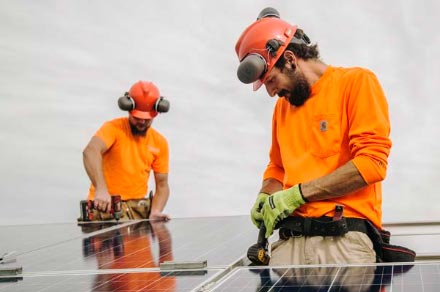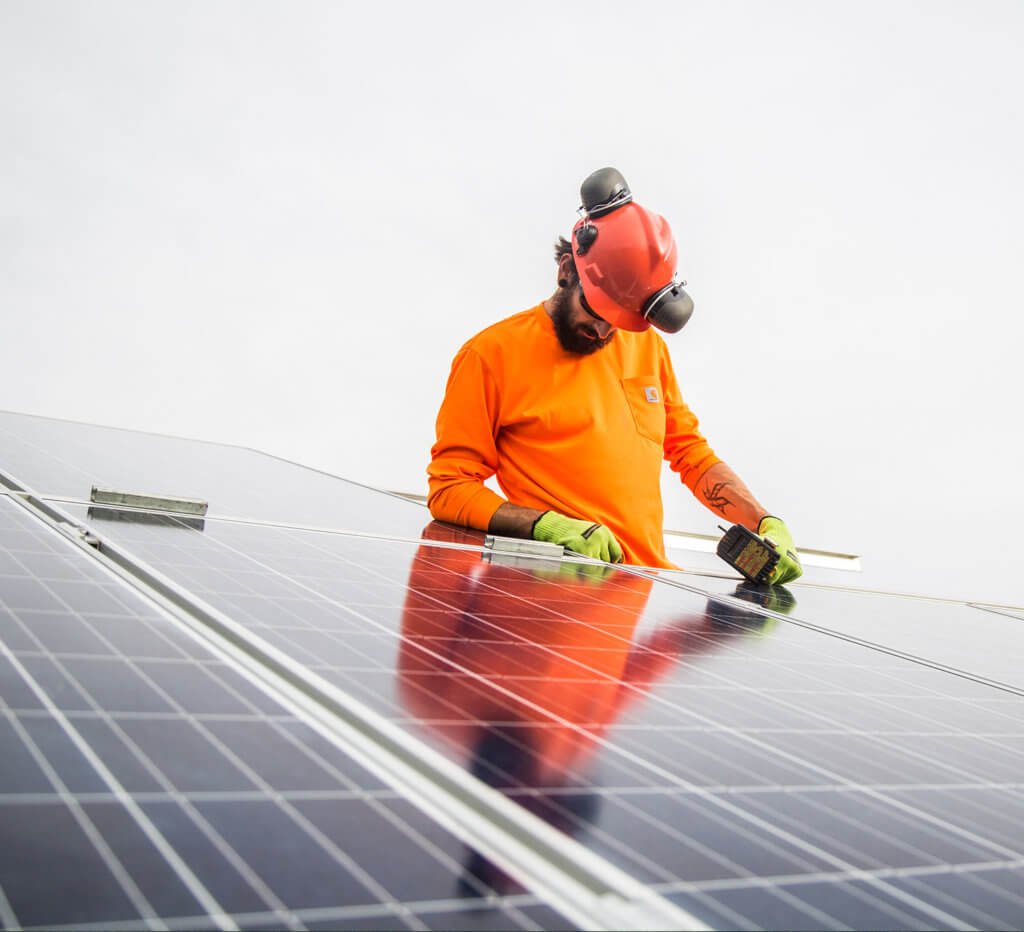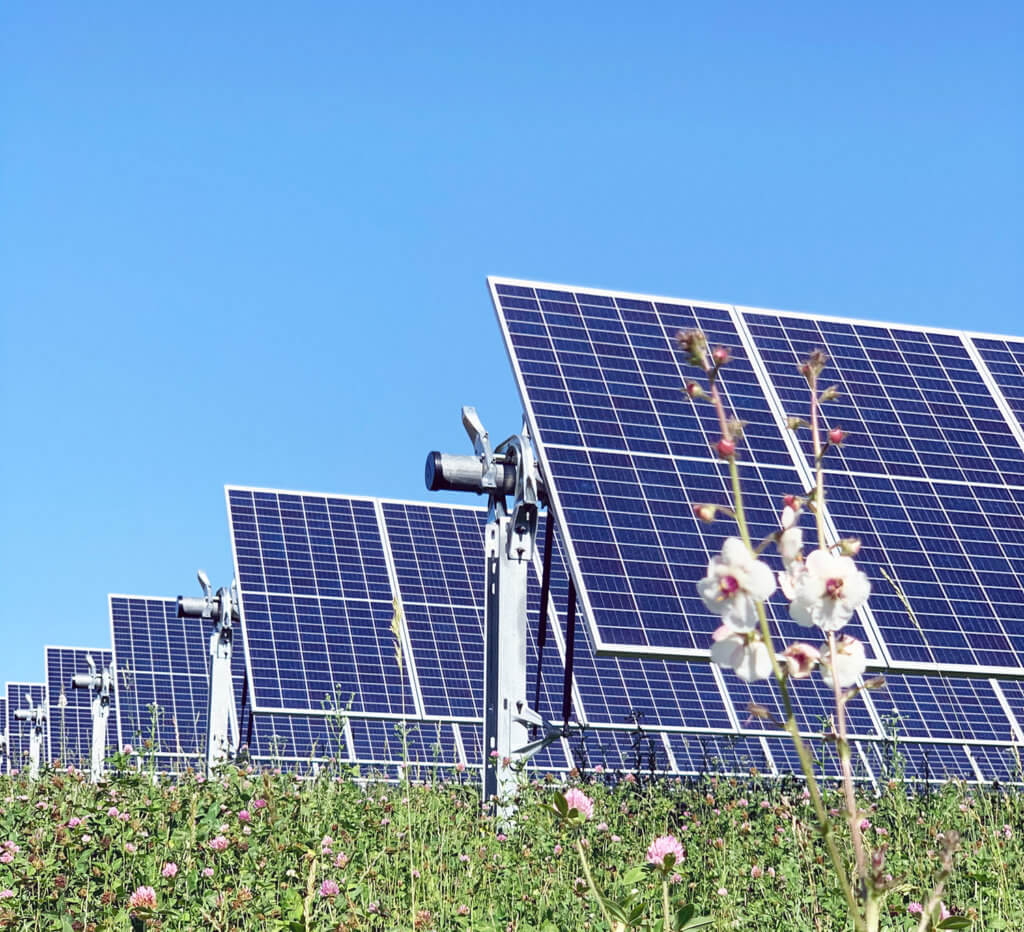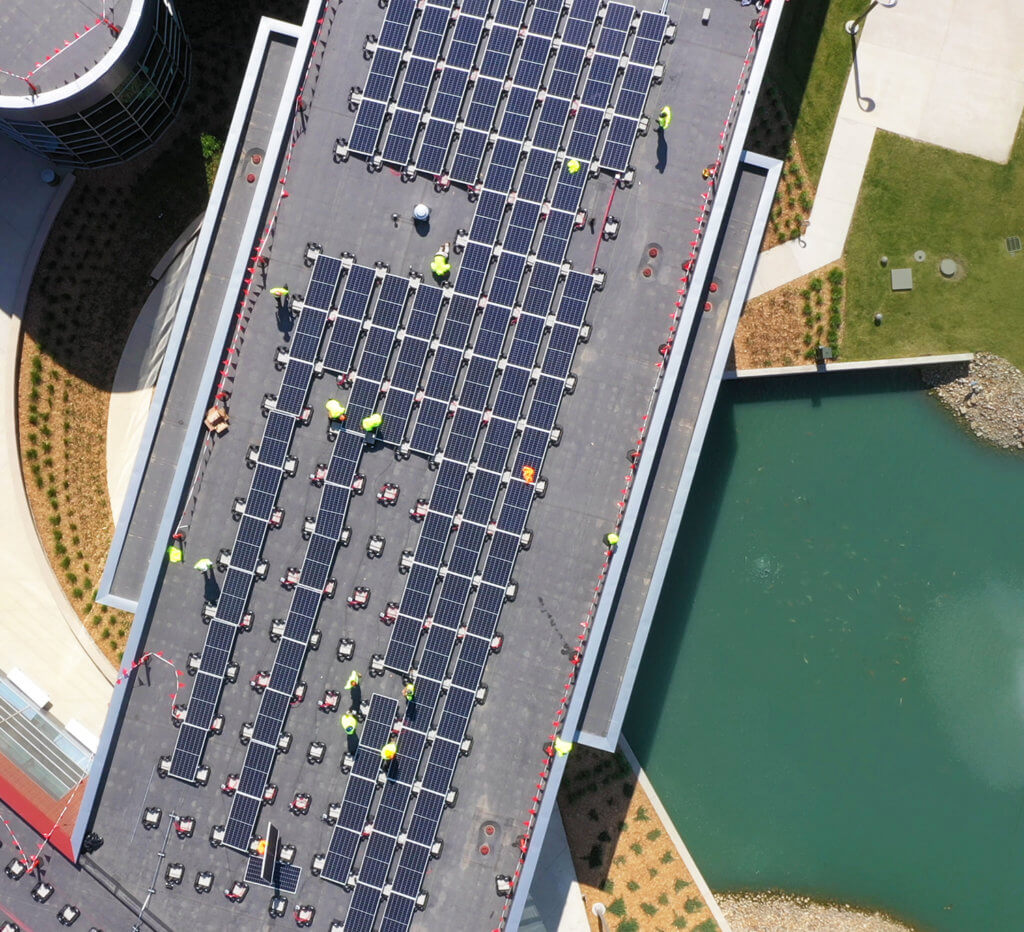Solar energy is fundamentally different from most other capital investments. It provides an immediate benefit to a business’s bottom line. It is low risk and well understood by insurers and lenders. Federal and state incentives create a financing picture that is uniquely favorable. Finally, nonmonetary benefits provide additional returns beyond the bottom line.
For most manufacturing companies, current production involves purchasing raw materials, paying employees, utilizing machinery, packaging and shipping goods, and collecting payment. This is a long process and each step involves some risk. Investments that involve expanding production, developing new products and services, or entering new markets are more speculative in nature than a solar investment because they incur risk at each step. In these contexts, it makes sense for a business to demand a high return on investment and a quick payback period.
When deciding whether or not to invest in solar, Roger Vorhies of Schaus-Vorhies Manufacturing (SVM) considered the capital and risk involved to achieve a comparable return – in this case approximately $113,000 per year. Most of the alternatives – like launching a new product line or expanding existing operations – were significantly higher risk.
“To me there’s a risk-reward facet in anything,” Vorhies said. “The reason this was an easy decision for us to make on a $1.2 million investment was because of the very limited risk.”
Solar production itself is extremely low risk. Solar infrastructure is durable and long-lived. Solar panels tend to significantly outlast their warranties. Most installations have no moving parts and require minimal maintenance. A solar project does carry some risk, of course. Like other construction projects, most of these risks can either be insured or mitigated by choosing a reputable solar energy company. (The Department of Energy (DOE) National Renewable Energy Laboratory (NREL) has published a list of risks associated with solar energy as well as strategies to manage those risks.)
One of the most significant sources of risk associated with a solar investment stems from energy production estimates and the financial projections that depend upon them. Less experienced or less reputable solar energy companies may lead customers astray with overly optimistic projections.
However, when financial projections are calculated conservatively solar is a very safe investment. Ideal Energy takes just such a conservative approach. After we calculate our production estimate based on nameplate rating, specific yield, and degradation factor, we reduce that estimate by 5%. We also use a low cost of energy escalator to avoid artificially inflating cost savings estimates. This ensures that we under-promise and over-deliver, rather than the opposite. We never want customers to be disappointed by their actual production numbers.
Favorable Financing Options
The combined effect of the federal solar income tax credit (ITC), state incentives, accelerated depreciation, and the unique character of solar production can subsidize much – or even the majority – of the capital cost of a solar project in the context of a direct purchase. With the ITC extended for two years the credit is still available at a 26% rate through 2022. In addition, financing may be available. Lenders are increasingly comfortable loaning against solar production.
Operating leases provide another option that a number of our customers have had success with. Operating leases are normally seven years in duration and often completely cover project costs, such that there is zero net out of pocket expense incurred. Operating leases offer two important additional benefits: 1) interest payments are tax-deductible, and 2) the loan stays off of a company’s books, so the lease will not affect that company’s ability to use credit elsewhere.
The payback period is one of the primary concerns potential customers have to a solar investment. However, it is dropping rapidly. Five years ago, a good payback period for a commercial project in the Midwest was six to seven years. Today it is often half that – three to four years. NREL projections show a continued decline in solar CAPEX, indicating that payback periods will continue to improve. With the ITC extension, the growth in the solar financing market, and declining CAPEX, the return on a properly financed solar investment will only improve.
Nonmonetary benefits are another significant differentiator between solar and other capital investments. In some ways, these are the most qualitatively significant differences. These benefits include vendor scorecards used by large OEMs, employee retention and satisfaction, positive PR, marketing opportunities, staying ahead of government mandates, and, of course, the direct environmental benefits of operating a more sustainable business.
Although Kemin Industries’ solar installation will yield a lower return than the conventional investments the company usually considers, the additional nonmonetary benefits of solar outweighed concerns around payback. These benefits include, “visibility, benefits to the brand, differentiating ourselves, and creating environmental value for everyone,” said Heather Christensen, senior market analyst and sustainability coordinator. “Kemin’s commitment to the clean energy transition is hugely important to our customers, important to our employees, and important to our stakeholders.”
